We’ve all been there, our child wakes up with a fever, refuses food, and later we notice tiny red spots on their hands, feet, or inside the mouth. Panic sets in: Is it Hand, Foot, and Mouth Disease (HFMD)?
HFMD is one of those childhood illnesses that spreads like wildfire in schools, daycare centers, and even playgrounds. While it’s usually mild and self-limiting, the painful sores, irritability, and loss of appetite can make kids miserable and parents desperate for relief. Conventional medicine offers symptom management, but recovery often takes 7–10 days regardless. That’s why many families turn to homeopathy: a natural, individualized approach that doesn’t just mask symptoms but supports the body’s healing ability.
What Is HFMD? (Causes and Who Gets It)
HFMD is a viral infection most often caused by Coxsackievirus A16 and occasionally Enterovirus 71. Both are members of the enterovirus family, a group of viruses that commonly affect children.
- Who Gets It Most?
Children under 5 years old are at the highest risk. However, older kids, teenagers, and adults can also contract HFMD. Adults often experience milder symptoms—or may carry the virus without realizing it. - When Is It Common?
In the U.S. and Europe, HFMD cases peak in late summer and early fall. In warmer regions like Southeast Asia, it can circulate year-round.
Important: HFMD in humans is not related to foot-and-mouth disease in livestock, though many parents confuse the two.
Signs and Symptoms of HFMD
Symptoms usually appear 3–6 days after exposure. What starts as mild fever or irritability can quickly escalate.
Early Symptoms (Day 1–2)
- Mild fever (100–101°F / 37.7–38.3°C)
- Loss of appetite
- Sore throat or fussiness in toddlers
Classic Symptoms (Day 2–4)
- Painful mouth sores: red spots on tongue, gums, inside cheeks → turn into ulcers that make eating/drinking painful
- Skin rash/blisters: flat or raised red spots, sometimes with fluid-filled centers, appearing on hands, feet, knees, elbows, or buttocks
- Irritability & fatigue: kids may cry easily or wake up often at night
Recovery Phase (Day 5–10)
- Symptoms gradually fade
- Scabs form on blisters
- Nail shedding (rare, temporary) may occur a few weeks later
Parents often notice that children stop eating solid foods because mouth ulcers hurt, and hydration becomes the biggest challenge.
How HFMD Spreads & Risk Factors
How It Spreads
- Saliva & respiratory droplets → coughing, sneezing
- Stool contact → diaper changes, potty training accidents
- Blister fluid → contact with rashes
- Surfaces & toys → virus can live for days on objects
Risk Factors
- Age: Under 5 years = highest risk
- Close environments: Daycare centers, nurseries, playgroups
- Poor hygiene: Skipping handwashing or not disinfecting toys
- Weaker immunity: Children recovering from another illness
Key Point: Kids can spread HFMD even before symptoms appear, and sometimes weeks after recovery (through stool).
Diagnosis & Medical Evaluation
Doctors usually diagnose HFMD based on:
- Mouth ulcers + hand/foot rash pattern
- Fever history
- Exposure to other children with HFMD
Differential Diagnosis (What It Can Look Like)
- Chickenpox: more widespread rash, starts on the torso
- Measles: rash begins on the face, high fever, cough, runny nose
- Herpangina: mouth sores without hand/foot rash
- Allergic rashes: no mouth ulcers or viral symptoms
In rare cases, a doctor may order throat swabs or stool tests to confirm the virus.
Conventional Treatments & Supportive Care
There is no specific antiviral drug for HFMD. Doctors focus on:
- Fever & pain relief: Acetaminophen or ibuprofen (avoid aspirin in children)
- Hydration: Encouraging fluids like water, coconut water, broths, or oral rehydration solutions
- Mouth pain relief: Cold foods (popsicles, yoghurt, smoothies) help soothe ulcers
- Rest: Allowing the immune system to fight the virus
While this supportive care helps, it doesn’t shorten recovery time—leading many parents to explore homeopathy as a complementary approach.
Homeopathic Remedies for HFMD
Homeopathy doesn’t treat “the disease name” but focuses on individual symptom patterns. Here are the most commonly used remedies:
| Remedy | Best For | Symptom Profile |
| Rhus Toxicodendron | Itchy blisters | Child is restless, keeps moving, rash worsens at night or in damp weather |
| Belladonna | Sudden high fever | Flushed red face, dilated pupils, throbbing headache, restlessness |
| Apis Mellifica | Burning, stinging blisters | Pain improves with cold compresses or cool drinks |
| Mercurius Solubilis | Mouth ulcers + drooling | Foul breath, swollen gums/tongue, irritability |
| Arsenicum Album | Burning pain + anxiety | Child is clingy, restless at night, seeks comfort |
| Hepar Sulphuris | Pus-filled eruptions | Extremely sensitive to cold, oversensitive to pain |
| Antimonium Crudum | Crusty blisters + digestion issues | Child dislikes being touched, irritable, refuses food |
👉 Disclaimer: Remedy choice depends on the unique symptom pattern of the child. Always consult a licensed homeopath for the correct remedy and potency (often 30C or 200C).
Lifestyle, Home Remedies & Prevention
Comfort & Care at Home
- Hydration: Cool water, coconut water, diluted juices (avoid citrus), or broths
- Soft foods: Yogurt, mashed bananas, oatmeal, applesauce
- Skin relief: Lukewarm baths with Epsom salt; natural oils like coconut oil for itchiness
- Rest & calm environment: Encourage naps and reduce overstimulation
Hygiene & Prevention
- Handwashing with soap for at least 20 seconds
- Disinfect toys, doorknobs, and commonly touched surfaces
- Keep sick kids home from daycare or school until fully recovered
- Teach children not to share utensils, cups, or towels
When to See a Doctor & Possible Complications
Call a Doctor If:
- Fever above 102°F (38.9°C) lasting more than 3 days
- Signs of dehydration: dry mouth, sunken eyes, fewer wet diapers
- Blisters appear infected: yellow, oozing, swollen
- Trouble swallowing, drooling excessively, or laboured breathing
- No improvement after 7–10 days
Rare Complications
- Dehydration (most common)
- Nail shedding (temporary, weeks after illness)
- Viral meningitis (rare, can cause headaches, stiff neck)
- Encephalitis (extremely rare but life-threatening)
FAQs
Q: How long does HFMD last?
A: Most children recover in 7–10 days.
Q: Is homeopathy safe for toddlers?
A: Yes, when guided by a certified practitioner, remedies are considered safe for young children.
Q: Can adults get HFMD?
A: Yes, but adults usually experience milder symptoms.
Q: Does homeopathy prevent HFMD?
A: No, but it may support overall immunity and recovery once symptoms appear.
Conclusion
We know how overwhelming it feels when children suffer from HFMD. The good news is that most cases are mild and clear up within 1–2 weeks. Still, the painful sores and fevers can make those days challenging.
By combining good hygiene, supportive care, and carefully chosen homeopathic remedies, parents can help children feel more comfortable and supported as they recover.
If you’re unsure which remedy fits your child’s symptoms best, always consult a qualified homeopath or pediatrician for guidance. That way, you ensure safe, effective, and holistic care.

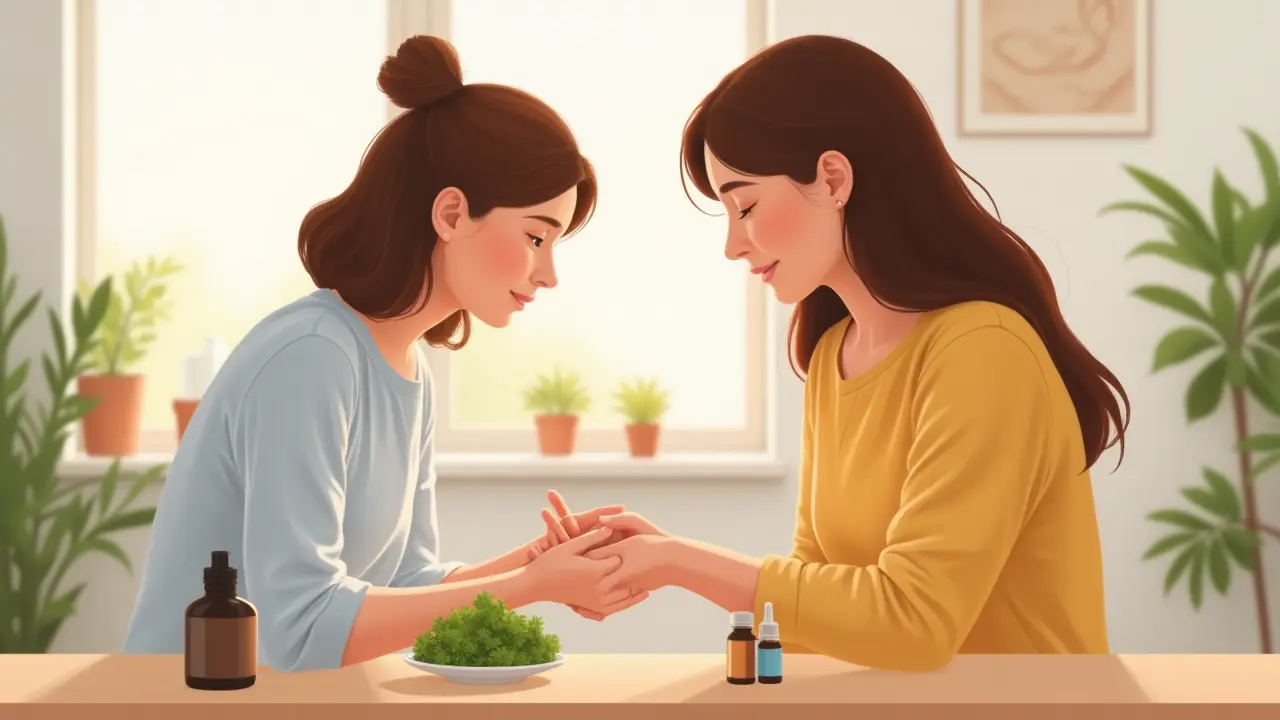
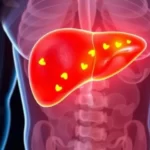

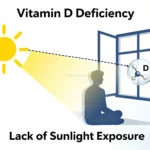


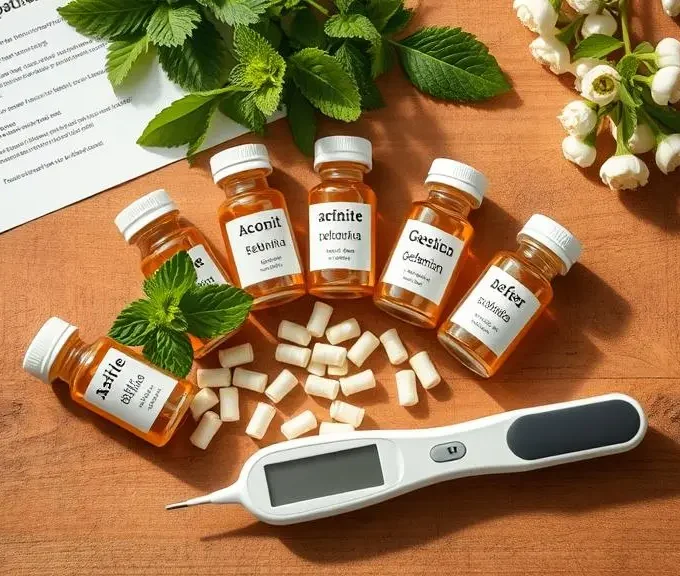
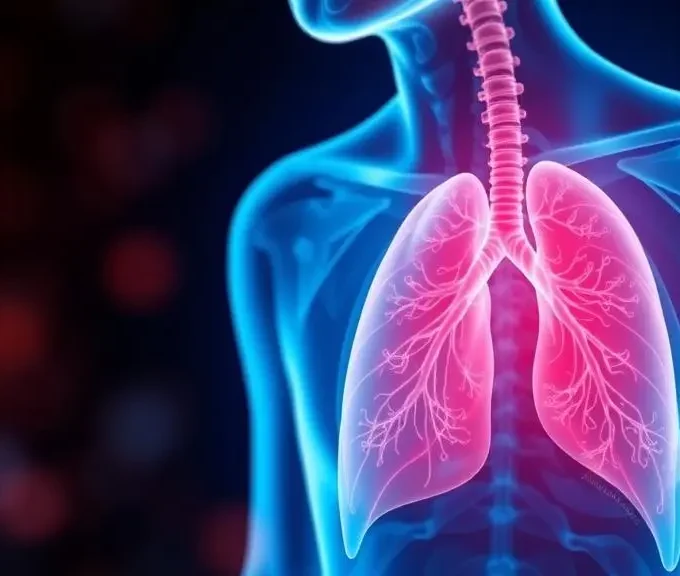
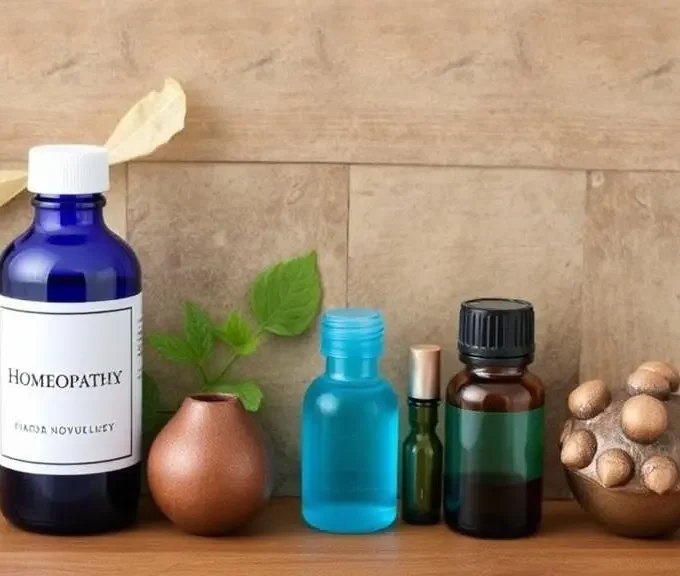
Leave a comment